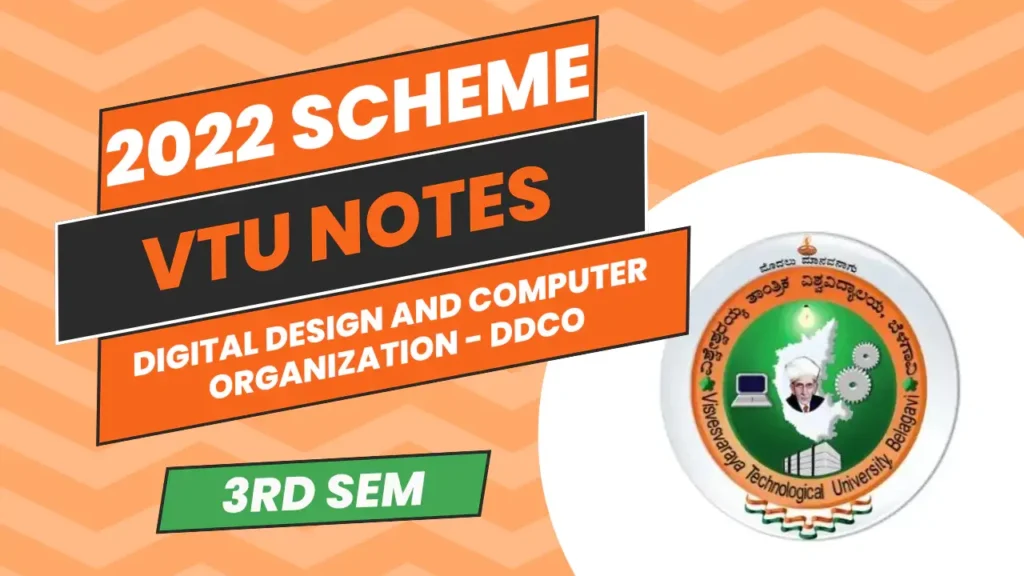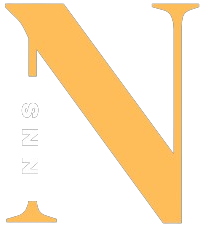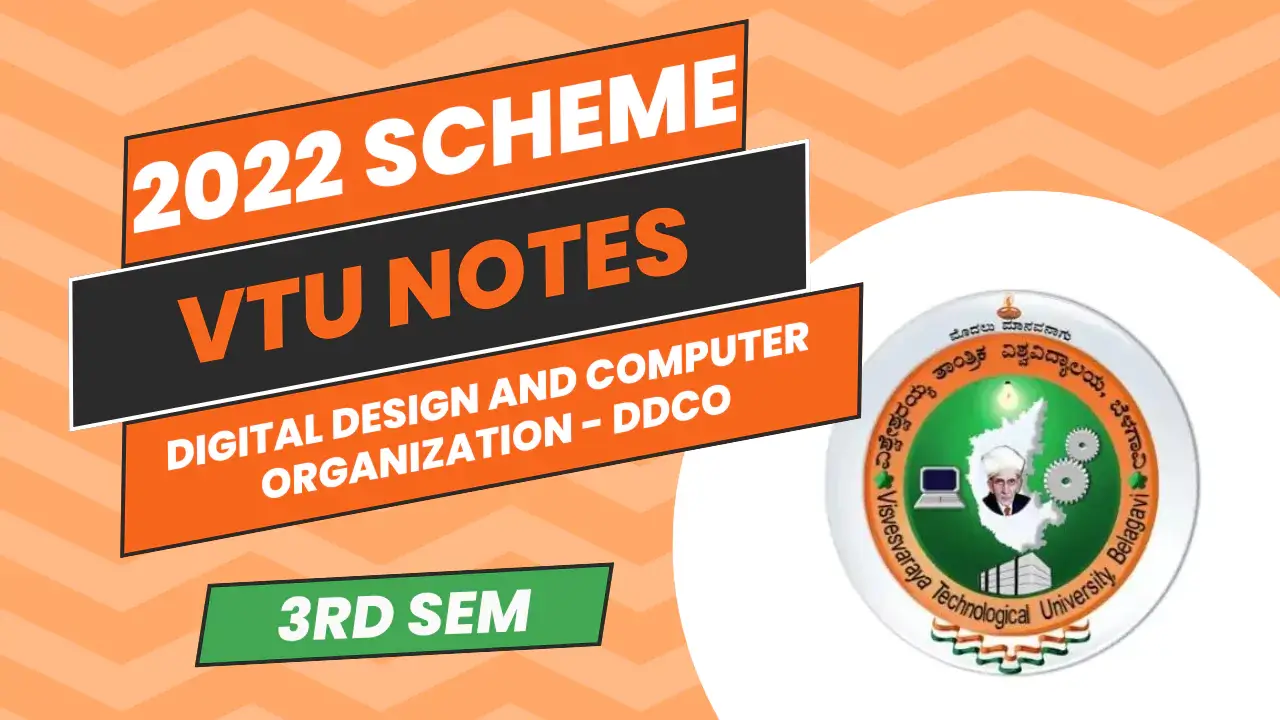DDCO VTU NOTES
| BCS302 VTU Notes |
| Subject code | BCS302 |
| Semester | 3rd |
2022 Scheme Notes – DIGITAL DESIGN AND COMPUTER ORGANIZATION VTU Notes (Download👇)
Module 1
Introduction to Digital Design: Binary Logic, Basic Theorems And Properties Of Boolean Algebra, Boolean Functions, Digital Logic Gates, Introduction, The Map Method, Four-Variable Map, Don’t-Care Conditions, NAND and NOR Implementation, Other Hardware Description Language – Verilog Model of a simple circuit.
Module 2
Combinational Logic: Introduction, Combinational Circuits, Design Procedure, Binary Adder- Subtractor, Decoders, Encoders, Multiplexers. HDL Models of Combinational Circuits – Adder, Multiplexer, Encoder.
Sequential Logic: Introduction, Sequential Circuits, Storage Elements: Latches, Flip-Flops.
Module 3
Basic Structure of Computers: Functional Units, Basic Operational Concepts, Bus structure, Performance – Processor Clock, Basic Performance Equation, Clock Rate, Performance Measurement.
Machine Instructions and Programs: Memory Location and Addresses, Memory Operations, Instruction and Instruction sequencing, Addressing Modes.
Module 4
Input/output Organization: Accessing I/O Devices, Interrupts – Interrupt Hardware, Enabling and Disabling Interrupts, Handling Multiple Devices, Direct Memory Access: Bus Arbitration, Speed, size and Cost of memory systems. Cache Memories – Mapping Functions.
Module 5
Basic Processing Unit: Some Fundamental Concepts: Register Transfers, Performing ALU operations, fetching a word from Memory, Storing a word in memory. Execution of a Complete Instruction. Pipelining: Basic concepts, Role of Cache memory, Pipeline Performance.
DDCO VTU NOTES 2022 SCHEME

If you are a 3rd-semester student under the VTU curriculum, you’re probably looking for comprehensive notes for the course “Digital Design and Computer Organization” (DDCO) with the subject code BCS302. These notes are designed according to the 2022 scheme and cover all essential modules in detail, ensuring you have the best resources to excel in your exams.
OVERVIEW
Module 1: Introduction to Digital Design
In this module, you will learn the fundamentals of digital design, including:
- Binary Logic: Understanding the basic theorems and properties of Boolean Algebra.
- Boolean Functions: Learning how to implement these functions using digital logic gates.
- Map Method: Simplifying Boolean functions using Karnaugh maps, including four-variable maps and don’t-care conditions.
- NAND and NOR Implementation: Using these gates for various digital designs.
- Verilog Model: Introduction to hardware description languages with a focus on Verilog.
Module 2: Combinational and Sequential Logic
This module covers:
- Combinational Circuits: Design procedures and practical applications like binary adder-subtractors, decoders, encoders, and multiplexers.
- HDL Models: Creating models for combinational circuits such as adders and multiplexers using HDL.
- Sequential Circuits: Introduction to sequential circuits, including storage elements like latches and flip-flops.
Module 3: Basic Structure of Computers
Here, you will explore:
- Functional Units: Understanding the basic operational concepts and the bus structure.
- Performance Metrics: Learning about processor clocks, basic performance equations, and how to measure performance.
- Machine Instructions: Diving into memory locations, addresses, operations, and instruction sequencing.
Module 4: Input/Output Organization
This module focuses on:
- I/O Device Access: Techniques for accessing input and output devices.
- Interrupts: Handling interrupts, enabling and disabling them, and managing multiple devices.
- Direct Memory Access (DMA): Understanding bus arbitration and the impact of DMA on speed, size, and memory system costs.
- Cache Memories: Different mapping functions and their roles in improving system performance.
Module 5: Basic Processing Unit
In this final module, you will cover:
- Register Transfers and ALU Operations: Performing arithmetic and logic unit operations and understanding register transfers.
- Instruction Execution: Fetching and storing words in memory and executing complete instructions.
- Pipelining: Basic concepts of pipelining, the role of cache memory, and how pipelining affects performance.
These comprehensive BCS302 VTU notes for the 2022 scheme are invaluable for mastering Digital Design and Computer Organization. Download the notes for each module and start your journey towards academic success today.
Download M3 NOTES VTU 2022 SCHEME

